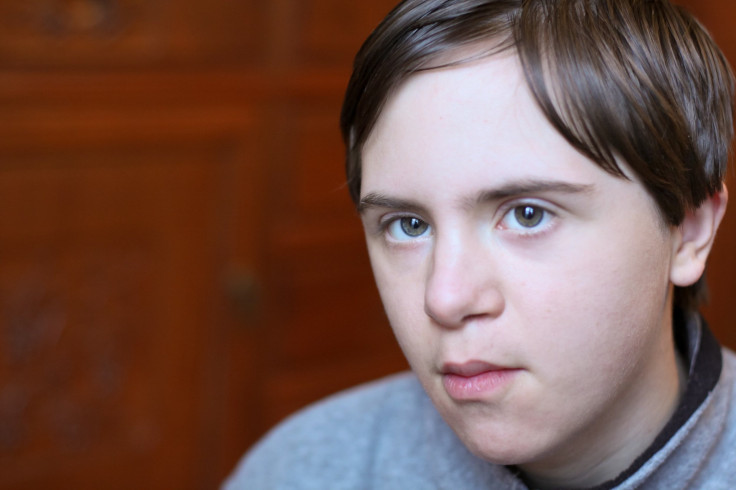Is Autism Caused By The Environment? Just As Much As Genes, Scientists Say

Though genetics are really important in determining autism, it's not all about your genes: Environmental factors play a significant (but largely misunderstood) role in the incidence of the disorder. According to Autism Speaks, the role of the environment in autism is “a crucial area of study,” especially since the increasing prevalence of the disorder in recent decades has left many scientists wondering what's behind the rising numbers.
A new study — the largest one to date — examined how autism runs in families, and found that environmental factors are far more important in understanding autism causes than previously thought. Researchers at King’s College London, the Karolinska Institutet in Sweden, and Mount Sinai in the U.S. reviewed data from Swedish national health registers, analyzing two million people — 14,516 of which had been diagnosed with autism. The researchers examined two measures of autism risk, heritability (risk attributed to genetic factors) and “relative recurrent risk,” or risks among people who have a relative with autism.
“Heritability is a population measure, so whilst it does not tell us much about risk at an individual level, it does tell us where to look for causes,” said Avi Reichenberg, an author of the study, in a press release. “We were surprised by our findings as we did not expect the importance of environmental factors in autism to be so strong.”
Autism spectrum disorder (ASD) is a range of neurodevelopment disorders that involve social impairment, difficulties in communicating, and restricted or repetitive patterns of behavior, according to the National Institutes of Health (NIH). People diagnosed with autism typically have some forms of irregularities in their brains, such as abnormal serotonin levels or a disrupted brain development in the womb.
Numerous studies have linked autism to environmental factors. One 2009 study tried to examine why autism rates began to increase significantly throughout the 1990s, pointing to environmental factors like chemical pollutants, metals, and pesticides as the culprits. Other environmental factors that have been linked to autism include the parental age at conception, infection during pregnancy, and maternal nutrition. And yet other studies have pointed to high iron levels in the mother as a potential autism link. But let’s make things clear: none of these things are likely, on their own, to cause autism. Instead, they probably influence the risk in people who are already genetically predisposed to developing the disorder. Understanding the causes of autism is still uncertain, complicated and multi-faceted.
Part of the King’s College London study tried to understand the risk among individuals who are related to someone with autism. They found that children with a sibling who had autism were 10.3 times more likely to develop the disorder. “Our study was prompted by a very basic question which parents often ask: ‘If I have a child with autism, what is the risk my next child will too?’” Dr. Sven Sandin of King’s College London and Karolinska said in the press release. “Our study shows that at an individual level, the risk of autism increases according to how close you are genetically to other relatives with autism. We can now provide accurate information about autism risk which can comfort and guide parents and clinicians in their decisions.”
Reichenberg continued: “Recent research efforts have tended to focus on genes, but it’s now clear that we need much more research to focus on identifying what these environmental factors are. In the same way that there are multiple genetic factors to consider, there will likely be many different environmental factors contributing to the development of autism.”
Published by Medicaldaily.com



























